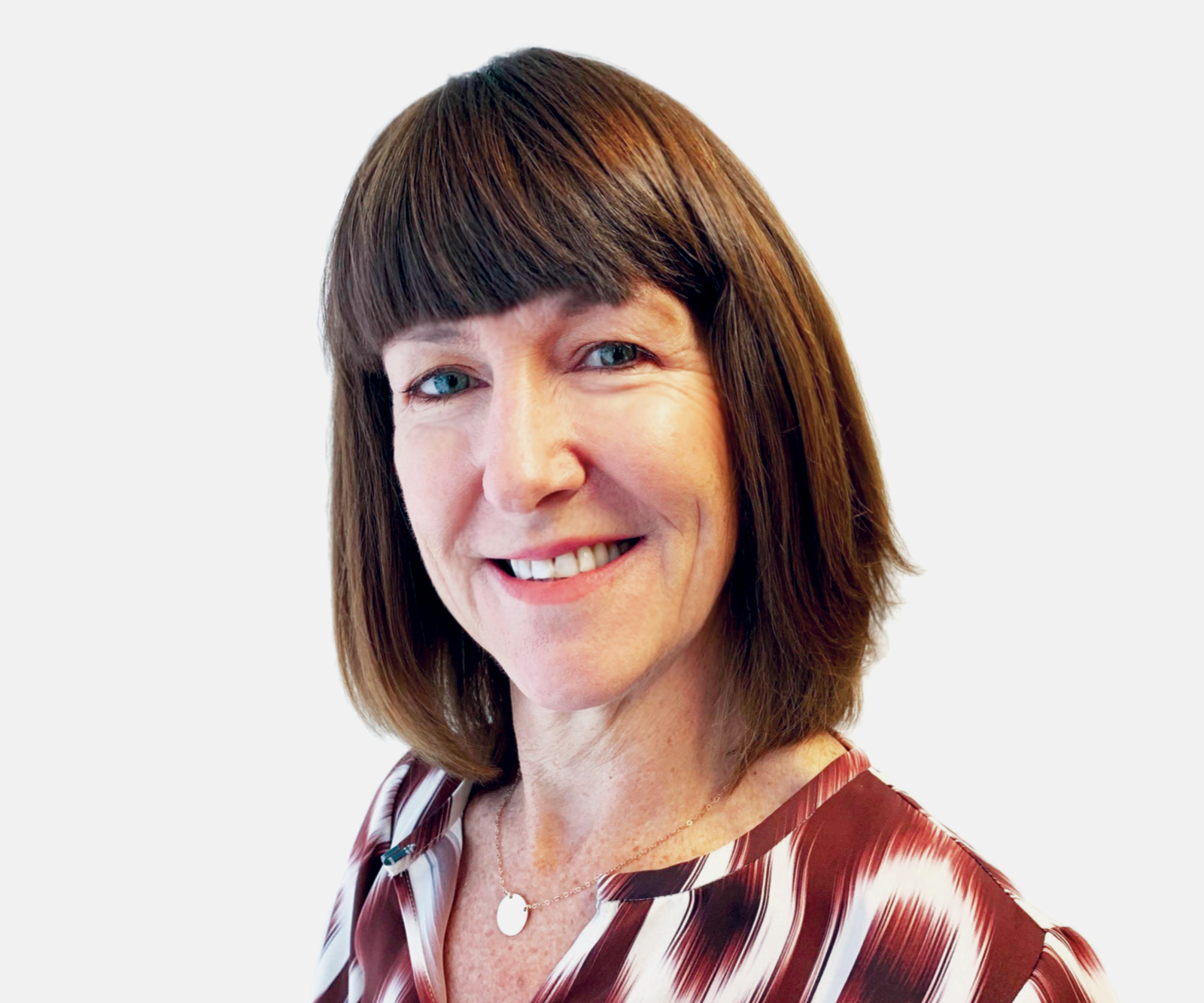When I first began reporting on health – arriving at work in a horse and buggy and using telegrams to contact people – the risk of breast cancer in Australian women was about one in 15.

Today that rate has more than doubled – to one in seven women facing that unwelcome news sometime in their life.
In 2019, breast cancer became the most commonly diagnosed cancer in Australia for the first time, taking over from prostate cancer. More than 20,000 women were diagnosed last year alone.
The increase is thought to be linked to factors including reproductive and hormonal factors, even the environment, as well as improved screening and awareness which are helping to find the disease, often earlier.
And despite the grim numbers, there is a good news story to be told. More women than ever are surviving breast cancer, and we have clinical trials and improved treatments to thank for that.
“More women than ever are surviving breast cancer, and we have clinical trials and improved treatments to thank for that.”
But as our cover story explains, we can’t ignore the psychological impact of the disease, at the time of diagnosis and even years after treatment.
It was not that long ago that women had to fight to get access to breast reconstruction after a mastectomy because it wasn’t deemed “medically-required”.
All this is a perfect segue to this month’s profile of a stellar clinician working in breast cancer detection, Dr Liz Wylie.
Liz has been at BreastScreen WA for as long as I’ve been writing (she started young too) and I’ve always appreciated the fact that she calls a spade a spade. Read her story – you’ll enjoy her candour and probably have a chuckle.

